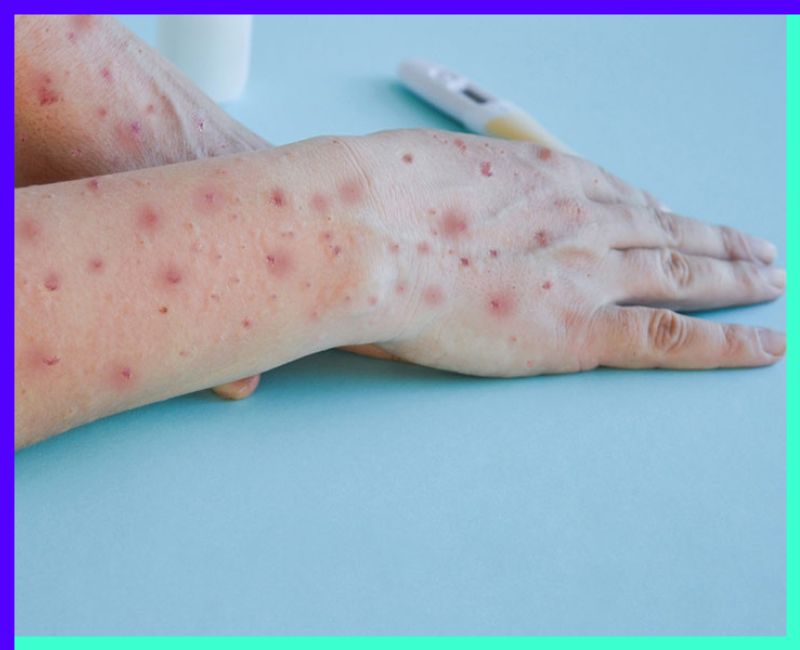The recent declaration by WHO Director-General Dr. Tedros Adhanom Ghebreyesus classifying the mpox outbreak in the Democratic Republic of the Congo (DRC) and neighboring countries as a Public Health Emergency of International Concern (PHEIC) has sparked global attention.
This declaration, advised by the International Health Regulations Emergency Committee, underscores the urgency of a coordinated international response to control the disease’s spread and prevent a global health crisis.
The Rising Threat of Mpox
Mpox, formerly known as monkeypox, has seen a worrying increase in cases across the DRC and beyond, with the emergence of a new clade, 1b, which is spreading predominantly through sexual networks. This recent upsurge highlights the virus’s potential to propagate beyond traditional geographical and epidemiological boundaries.
How Does Monkeypox Spread?
Monkeypox spreads in multiple ways, primarily through close, personal, often skin-to-skin contact. Here are the primary modes of transmission:
- Direct Contact with Skin Lesions: The virus can spread through direct contact with the rash, scabs, or body fluids of a person infected with monkeypox.
- Respiratory Droplets: Although less common, monkeypox can also spread through respiratory droplets during prolonged face-to-face contact. This means being close to an infected person who is coughing or sneezing can potentially transmit the virus.
- Contaminated Objects: Touching items that have been contaminated with fluids or sores, such as clothing, bedding, or towels used by an infected person, can also spread the disease.
- Animal to Human Transmission: The virus can jump from animals to humans. This can occur by being bitten or scratched by an infected animal, or by preparing or consuming meat or products from an infected animal.
- Mother to Fetus: A pregnant person can pass the virus to the fetus through the placenta.
Monkeypox is not as easily transmissible as some other viruses, like those that cause the flu or COVID-19, and generally requires close or prolonged contact to spread.
Is Mpox Deadly?
Mpox can indeed be deadly, although the fatality rates vary significantly across different regions and depend on the virus clade. Historically, the disease has seen fatality rates as high as 10% in certain outbreaks, though recent global outbreaks have typically presented lower mortality rates.
The virus causes symptoms that can be severe and, in some cases, result in complications leading to death, particularly in individuals with weakened immune systems or without access to adequate healthcare.
Global Response and Vaccine Initiatives
The WHO has been proactive in its response, emphasizing the need for robust surveillance, preparedness, and response strategies. The organization has also facilitated discussions on vaccine strategies. Two vaccines, previously developed for smallpox, have been repurposed and are recommended for mpox due to their efficacy.
The recent move by the WHO to trigger the Emergency Use Listing process for these vaccines aims to expedite access, particularly for lower-income countries, enhancing global readiness and response capabilities.
Funding and International Collaboration
To combat the spread of mpox effectively, WHO has estimated an immediate funding need of $15 million. This fund is intended to support vital activities such as surveillance and vaccine distribution. The organization has already allocated $1.45 million from its Contingency Fund for Emergencies to address immediate needs and is calling for international donors to support the broader funding requirements.
The spread of the mpox virus, particularly the newer clade 1b, poses unique challenges due to its mode of transmission and the demographics it affects. Understanding these challenges is crucial for implementing effective control measures. Moreover, the international community’s role in providing resources and support cannot be understated, as collaborative efforts are essential for containing outbreaks and preventing wider spread.
The declaration of the mpox outbreak as a PHEIC reflects the serious threat it poses not only to regional but also to global health security. The ongoing efforts by WHO and its partners to enhance surveillance, expedite vaccine distribution, and secure necessary funding are vital steps toward controlling the outbreak. As the situation evolves, continued vigilance and international cooperation will be paramount in managing the spread of mpox and safeguarding public health.
